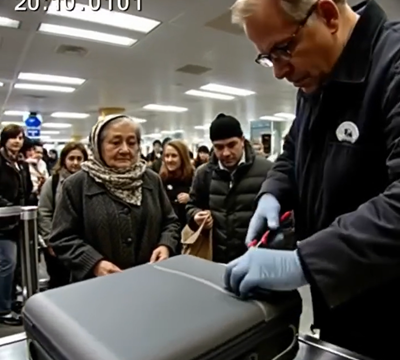Power strips are incredibly convenient, allowing us to plug multiple devices into a single outlet. However, not everything should be plugged into these handy gadgets. Firefighters have an urgent message for everyone: there are certain items that should never, under any circumstances, be connected to a power strip. Ignoring this advice could lead to disastrous consequences, including fires. Let’s dive into what you need to know to keep your home safe.

Power strips help us manage the increasing number of electronic devices in our homes. They’re especially useful in areas with limited outlets, providing an easy solution for plugging in multiple gadgets.
While convenient, power strips can pose significant fire hazards if used improperly. Overloading them or using them with unsuitable devices can lead to overheating, short circuits, and ultimately, fires.
Firefighters strongly advise against plugging high-power appliances into power strips. These include devices like space heaters, microwaves, and refrigerators. These appliances draw significant power, which can easily overload a power strip.
High-power appliances require a lot of electricity to operate. Power strips are not designed to handle such high loads, leading to potential overheating and increased fire risk.
Many people think it’s safe to plug a high-power appliance into a power strip temporarily. However, even short-term use can cause the power strip to overheat and fail.
Some believe that using high-quality or expensive power strips mitigates the risk. Unfortunately, no power strip is designed to handle the load of high-power appliances safely.
Always check the manufacturer’s instructions for the power strip’s maximum load capacity. Ensure you do not exceed this limit to prevent potential hazards.
Power strips are best suited for low-power devices such as chargers, lamps, and computers. These devices draw minimal power and are safe to use with power strips.
Regularly check your power strips for signs of wear and tear. If you notice any fraying cords, exposed wires, or discoloration, replace the power strip immediately.
Never plug one power strip into another. This practice, known as daisy chaining, significantly increases the risk of overloading the circuit and causing a fire.
Ensure your power strips are placed in well-ventilated areas. Avoid covering them with rugs or furniture, which can trap heat and lead to overheating.
Firefighters deal with the aftermath of electrical fires and understand the common causes. Their advice is based on real-world experience and is crucial for preventing similar incidents in your home.
Implementing simple preventive measures, such as using power strips correctly and avoiding high-power appliances, can significantly reduce fire risk.
Understanding the proper use of power strips and heeding the advice of firefighters can prevent potentially devastating fires in your home. Always remember to avoid plugging high-power appliances into power strips, regularly inspect your strips for damage, and never daisy chain multiple strips together. By following these guidelines, you can ensure your home remains safe and secure from electrical fire hazards. Stay informed, stay safe, and protect your home from preventable dangers.





